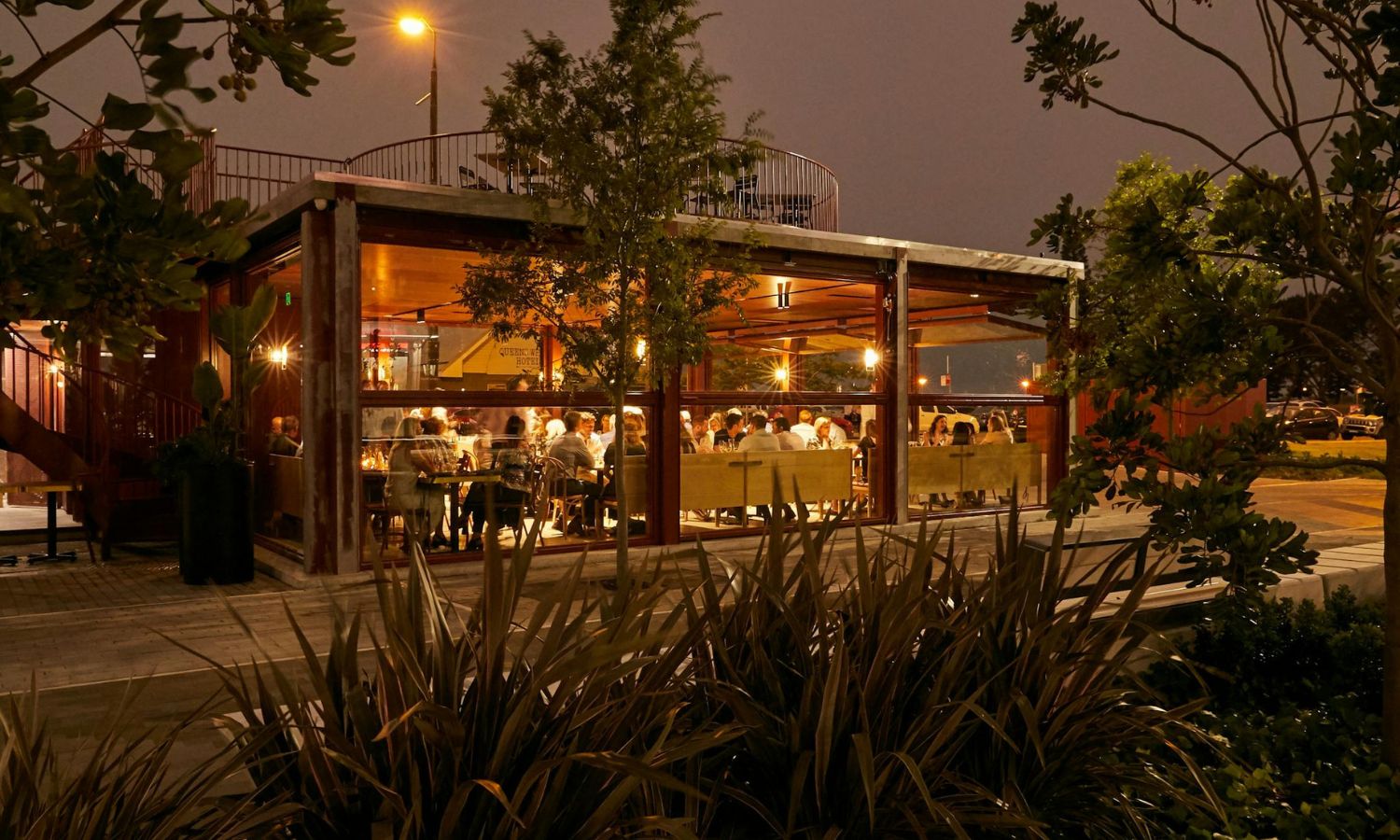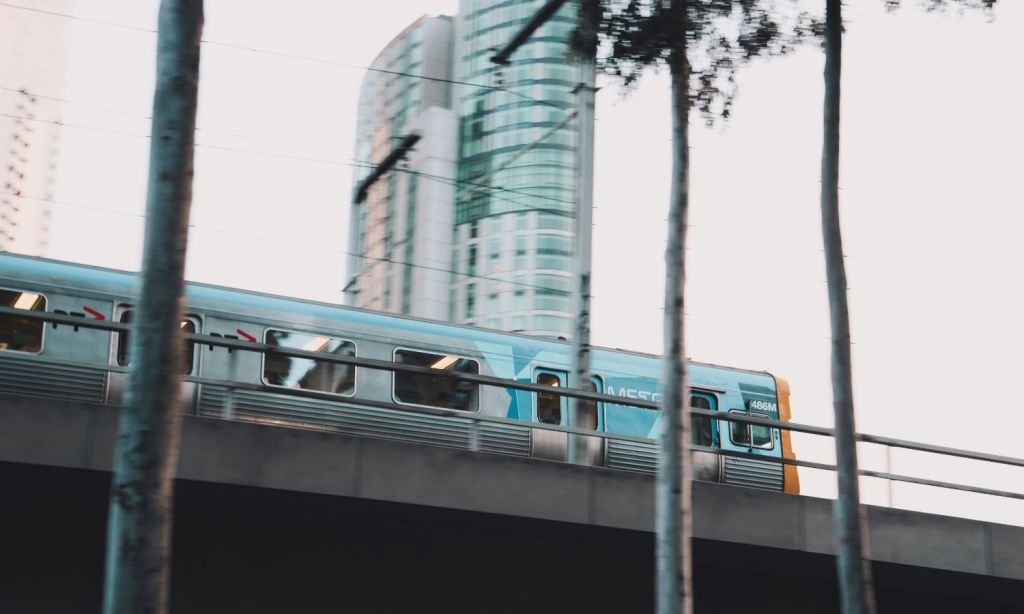At the end of 2023, Conde Nast Traveler rounded up the biggest trends it expected would sweep across the travel industry in 2024. One of them was that train stations were set to become the newest food destinations.
“Train stations around the world are usually passed through as quickly as possible, having not been designed for commuters to stay and hang out,” the blurb read. “Nowadays as travel delays increase and visitors want more local experiences, it pays for train stations to welcome travellers with shops, restaurants and bars for them to explore.”
Though the blurb goes on to give examples of train stations-turned-foodie destinations in New York (the new Moynihan Train Hall), Toronto (Union Station launched Union Market) and the UK (Platform 1 opened underneath Glasgow Central Station), the trend also extends to Australia — sort of.
In November 2022, dining, culture, and retail precinct Eddy, named after its location on Eddy Avenue, opened at the northern end of Sydney’s Central Station. According to Transport NSW, the precinct is part of a bigger goal of revitalising Central Station. Though, since its launch, it’s only welcomed one restaurant to the mix: City Oltra, a pizza restaurant inspired by the classic train station canteen, but described as “feeling like a slice of Marrickville in the city”.
Two hours north of Sydney, in Newcastle, one of the regional town’s trendiest restaurants can be found at its train station — well, just outside, but part of the railway’s precinct — Signal Box opened in December 2019, offering diners dishes cooked in its Josper, a barbecue allowing cooking at extreme temperatures, with a side of sea breeze.

In Brisbane, the Valley Metro, a revamped precinct above Fortitude Valley train station on Brunswick Street opened a 280-seat food court in 2021. While none of it is fine dining — think sushi and pizza slices — it is home to the area’s first brand of popular Chinese bubble tea franchise Gong Cha.
On the other side of Australia, in Perth, at the East Perth train and bus station, also known as the Public Transport Centre, a Malaysian food pop-up was taking over Whistle Stop Café and Kiosk one Saturday every month in 2023. Called Hornbill Sarawak Delicacies, the pop-up was run by a group of expats from Sarawak, an East Malaysian state on the island of Borneo, and served Sarawakian dishes you won’t find anywhere else in Perth.
At Adelaide Railway Station, the former Dining Hall, which originally opened in 1928, was made over into The Guardsman, a café, bar and restaurant, serving some of South Australia’s best food and drink producers. More than 20 local South Australian beers are on tap.
The venue opened in 2020, with SkyCity Adelaide General Manager of Marketing, Greg Stirling, saying at the time, that its launch was a unique opportunity to develop a part of the railway station that hadn’t been used for years.
“The Guardsman echoes the original intent of the space, which was as a meeting place for travellers to stop and enjoy a meal,” he said.

Melbourne’s largest train station, Flinders Street, still leaves much to be desired on the restaurant front, with food stalls only offering takeaway. The same is the case with the city’s second-largest train station, Southern Cross Station.
So, is the trend of train stations becoming foodie destinations taking off in Australia? As of now, no. While there are the occasional must-visit foodie spots in train stations across the country, none are becoming hubs known for good food.
There are many reasons for travellers to opt for trains instead of planes, cars or buses, including no long check-in and boarding times, most often the chance to arrive right into the heart of a city and no strict baggage weight allowances to adhere to.
NSW TrainLink said in December 2023 its patronage on all routes had steadily increased overall, with around 107,000 journeys now made each month on regional trains as compared with 42,000 in 2021.
The sharpest increase in demand, it said, had been on the Melbourne to Sydney train route with a 250% increase in average monthly patronage compared to 2021 and a 47% increase compared to 2022.
“People are recognising that [train travel] is a cost-effective way to sit back and enjoy the ride, taking in the stunning scenery out the window, without the stress of driving or catching a plane,” said NSW Minister for Regional Transport and Roads, Jenny Aitchison.
With this uptick in train travel in Australia likely resulting in more foot traffic at the stations, and people wanting to be kept occupied and well-fed, no doubt they’ll soon feel the pressure to deliver.
Related: Travel Talk: Some Like It Hot! Train Travel Is Trending and Aussies Are All Aboard
Related: Skip the Campervan in New Zealand, and Catch One of These Trains Instead
Read more stories from The Latch and subscribe to our email newsletter.







